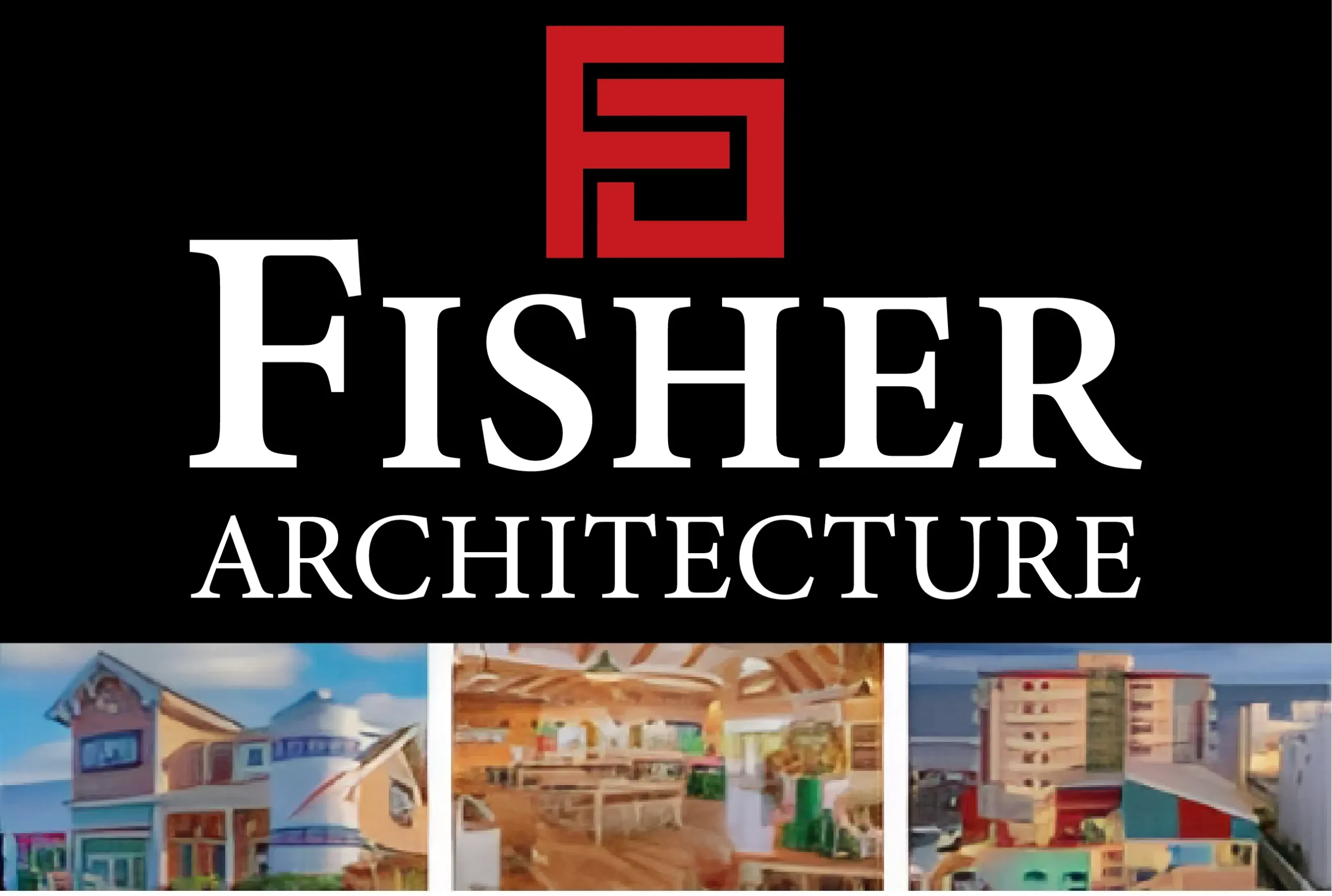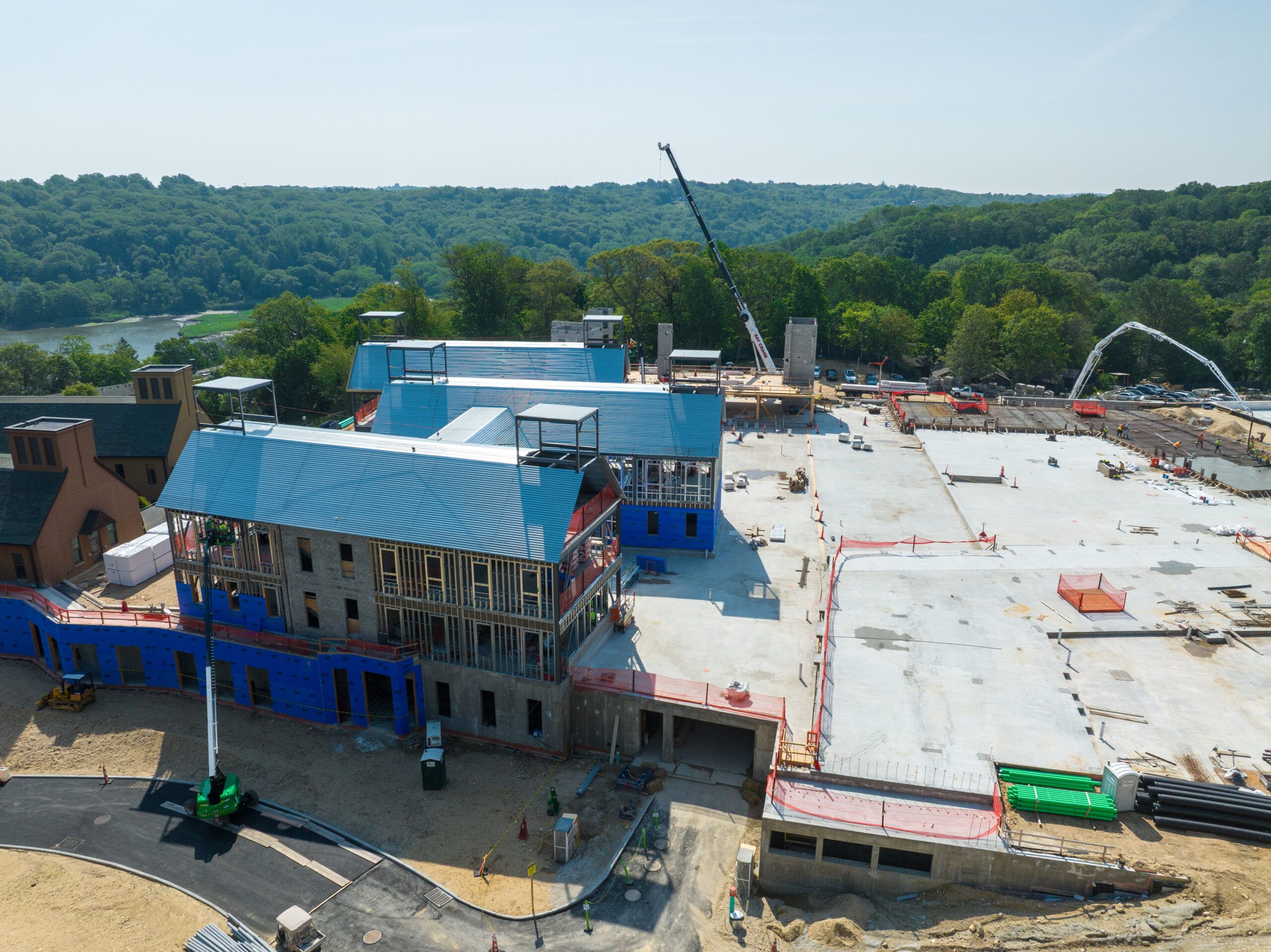What strategies can we use to advance human development while protecting the planet’s diverse ecosystems? It’s essential to maintain biodiversity conservation while expanding infrastructure growth since these two goals can be achieved side by side. Through this method we protect ecological integrity while satisfying human necessities.
Your choices have critical importance because each decision affects our natural surroundings. The world’s ecosystems function as complex systems where every species plays an essential role that upholds environmental health and stability. The adoption of sustainable construction practices helps humans advance without harming nature which allows both to coexist peacefully.
When we introduce innovative solutions into discussions we create creative strategies that solve these challenges. Development that protects and values biodiversity can be achieved through renewable resources combined with green building methods and community involvement. Together we must examine our shared responsibilities to create an environment that supports life for all creatures.
Understanding Biodiversity
Biodiversity represents Earth’s rich life tapestry including various ecosystems along with different species and genetic distinctions. Anyone who wants to achieve sustainable development needs to understand biodiversity’s importance and the threats it faces.
Defining Biodiversity
Biodiversity describes the assortment of living organisms that exist across all habitats from microscopic microbes to enormous mammals. The concept of biodiversity extends beyond species count to include genetic variations between individual organisms.
Life adapts to environmental changes because of these variations. A single forest hosts numerous interactions and connections which together represent the essence of biodiversity. Biodiversity ensures ecosystems function properly and maintain resilience similar to a machine that runs smoothly.
Importance of Ecosystem Variability
Ecosystem variability stands as the foundational support of ecological resilience. Ecosystems with high levels of biodiversity demonstrate greater resilience to disruptions including climate change. Ecosystems provide essential resources such as clean water, fertile soil, and oxygen through their preservation of diverse species and genetic traits. A healthy environment and stable climate will support your sustainable way of life.
Threats to Biodiversity
Various destructive threats impact every aspect of biodiversity. Countless species lose their habitats because of deforestation and urbanization which lead to habitat destruction. Land and waterways become toxic due to pollution which destroys both plant life and animal populations.
The rapid environmental changes caused by climate change create extreme pressure on ecosystems faster than many species can manage to adapt. Through your awareness and actions you can make a difference to meet these challenges and safeguard our planet’s valuable biodiversity.
Balancing Development and Conservation
Developing areas rich in biodiversity demands careful consideration. Developers can align construction efforts with conservation objectives by focusing on eco-friendly design principles while implementing thoughtful zoning regulations and promoting community involvement.
Eco-Friendly Building Practices
The practice of eco-friendly construction focuses on reducing its environmental footprint. Sustainable materials such as bamboo and recycled metals help decrease ecological footprints. Green roofs and walls create habitats that support biodiversity by providing essential living spaces for bird and insect populations. Designs that optimize energy use bring down utility expenses and decrease resource consumption.
Water conservation systems including wastewater recycling help to reduce pressure on surrounding natural habitats. Solar panel implementation and similar renewable energy methods continue to cut dependency on fossil fuels. Development that adheres to these practices enables human settlement to function alongside nature while maintaining ecological equilibrium.
Zoning for Sustainability
Zoning laws are essential components in achieving sustainable development objectives. Zoning designations establish protected areas to preserve critical wildlife habitats from disturbance. These strategies minimize habitat fragmentation while promoting species diversity.
Establishing protective buffer zones around sensitive areas remains essential. Buffer zones mitigate nearby developments’ disruptive noise and pollution effects so that natural ecosystems can flourish. The creation of mixed-use areas leads to pedestrian-oriented spaces that minimize vehicle emissions while enhancing community health.
Through strategic zoning we achieve equilibrium between human activities and natural preservation which leads to harmonious living together.
Community Involvement in Development
Successful and sustainable development depends on active community participation. Local inhabitants possess critical understandings about their ecosystems and how new initiatives may affect them. By including local voices in planning processes, plans become more effective in supporting human needs and protecting biodiversity.
The participation of communities in decision-making processes creates stronger social connections and builds collective responsibility. Through educational programs residents learn why conservation matters which leads them to back eco-friendly initiatives.
Open discussions between developers, conservationists and local communities help to recognize issues early which helps to develop collaborative solutions. Inclusive methods increase project achievement while making sure conservation and development targets match up.
Successful Models
Investigating urban settings that embrace natural elements along with preserved areas generates essential information about sustainable development. Analyzing these examples reveals how development alongside conservation creates a harmonious relationship.
Urban Areas With Integrated Nature
Building sustainable urban environments requires efforts beyond creating green spaces. As a leading urban development model, Singapore receives the nickname “city in a garden.” The city planning approach in this location significantly incorporates natural elements. Vertical gardens and green rooftops serve practical purposes by minimizing urban heat effects and creating living spaces for diverse species.
The integration of natural elements into urban spaces leads to better air quality alongside improved mental health outcomes. Melbourne’s Urban Forest Strategy plans to expand its tree canopy to twice its current size by 2040 because of these benefits. Urban planners use native species to help support local wildlife populations. Urban green initiatives demonstrate the potential for harmonious integration between human settlements and natural environments which results in advantages for both people and ecosystems.
Impact of Protected Areas
Protected areas function as safe havens for endangered species while preserving the variety of life forms. Costa Rica shows the effectiveness of protected areas by maintaining national parks that extend across 25% of its territory. This strategy promotes wildlife conservation while also supporting eco-tourism.
Understanding protected animal habitats forms an essential component of environmental management in the UK. Initiatives aimed at conserving protected species UK highlight the importance of maintaining designated areas that safeguard endangered wildlife while balancing human needs with environmental stewardship.
The management of these protected areas produces better outcomes when local communities participate in their oversight. Community involvement enhances resource protection and ensures conservation benefits extend to impacted local populations.
Conclusion
Development and biodiversity conservation become compatible through careful planning and thoughtful execution. Through eco-friendly construction methods combined with sound zoning practices and active community participation we can establish environments that foster advancement while maintaining ecological systems.
We need sustainable development to create a future where human progress does not harm the earth and instead supports its wellbeing. We can achieve biodiversity protection along with global prosperity by using creative methods that include natural integration in urban spaces and creating protected environments.
Moving forward demands that each person contributes to maintaining this equilibrium to achieve a sustainable future.











